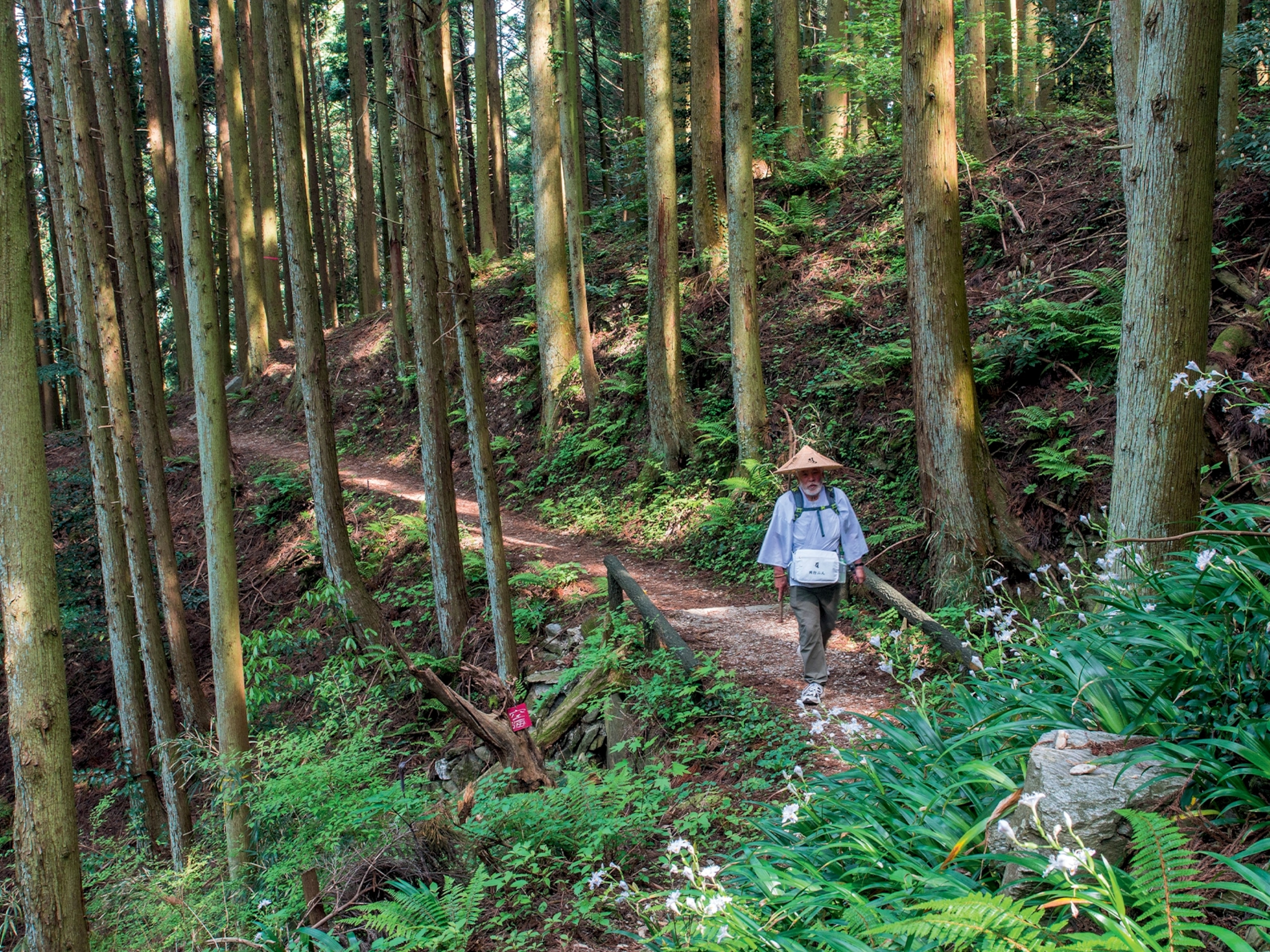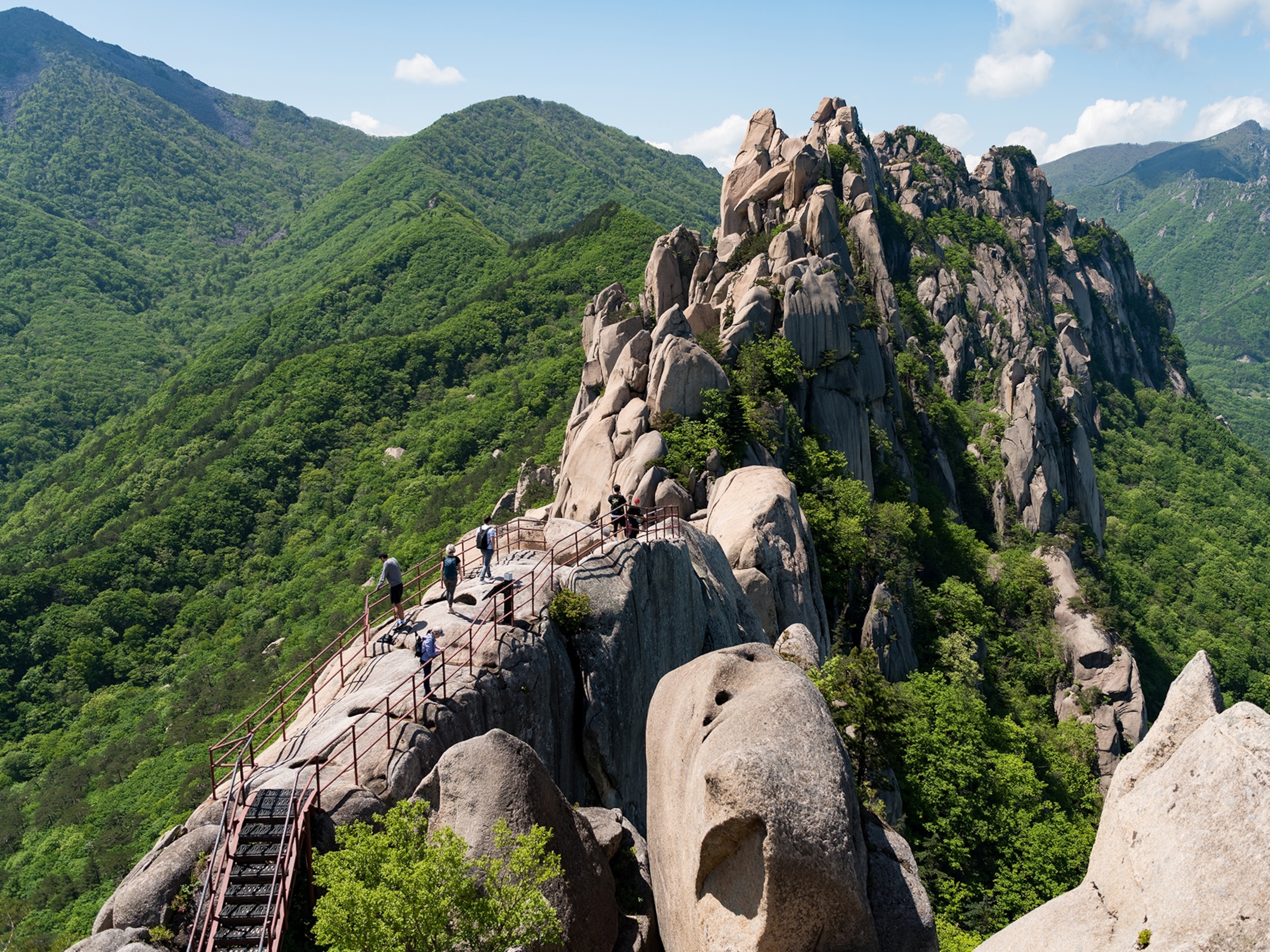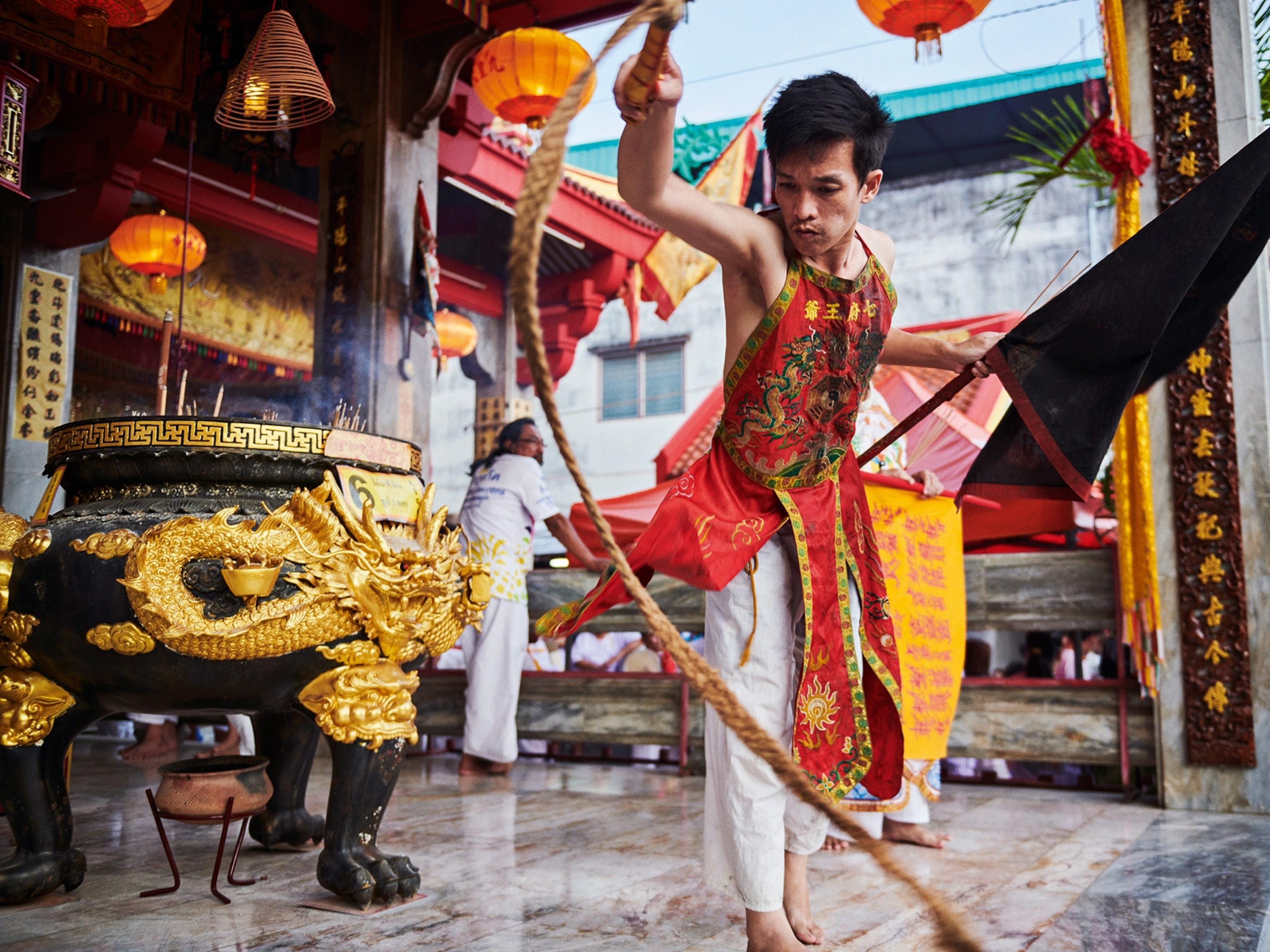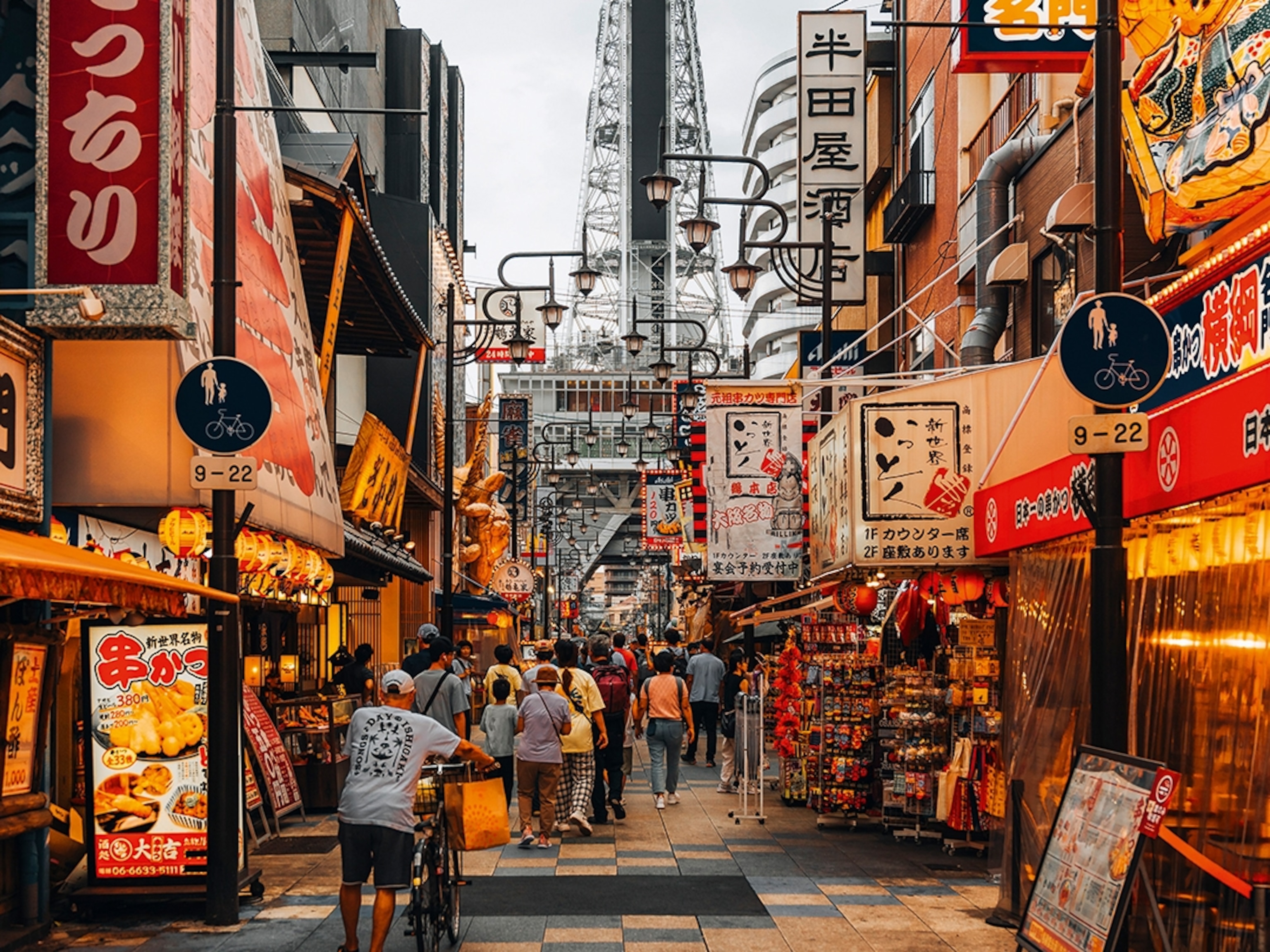
Discover the spiritual heartland of Japan
For those seeking peace and serenity, the Japanese prefecture of Wakayama is a treasure trove of untouched nature, sacred sanctuaries, ancient pilgrimage routes and temple lodgings.
With their bright lights, bustling streets and varied culinary experiences, the Japanese cities of Osaka and Kyoto will be back on many travellers’ lists now that the country’s borders have reopened. But venture off the beaten track to the prefecture of Wakayama, south of these two cities, and you’ll discover a distinctly different side to Japan.
Although coastal Wakayama city does bring a metropolitan feel to the northwestern corner of the region, it’s when you head east, into the forests and hills that dominate this prefecture, that you get a true taste of Wakayama.
With its roaring waterfalls, dense green mountains and seemingly never-ending cedar forests, Wakayama is a region of true natural beauty and deep spiritual significance. From the shrines of the Kumano Kodo pilgrimage routes to the Buddhist bastion atop Koyasan — both of which were awarded UNESCO World Heritage status in the early 2000s — there’s much to discover.
The best way to begin your exploration here is by taking to the paths of the Kumano Kodo. Translated as the ‘old road of Kumano’, this ancient network of pilgrimage routes unfurls across the prefecture and beyond, connecting the Kumano Sanzan (a trio of shrines in the south of Wakayama) with Koyasan (a temple complex in the north of the region) and Ise Grand Shrine in Mie prefecture to the east.
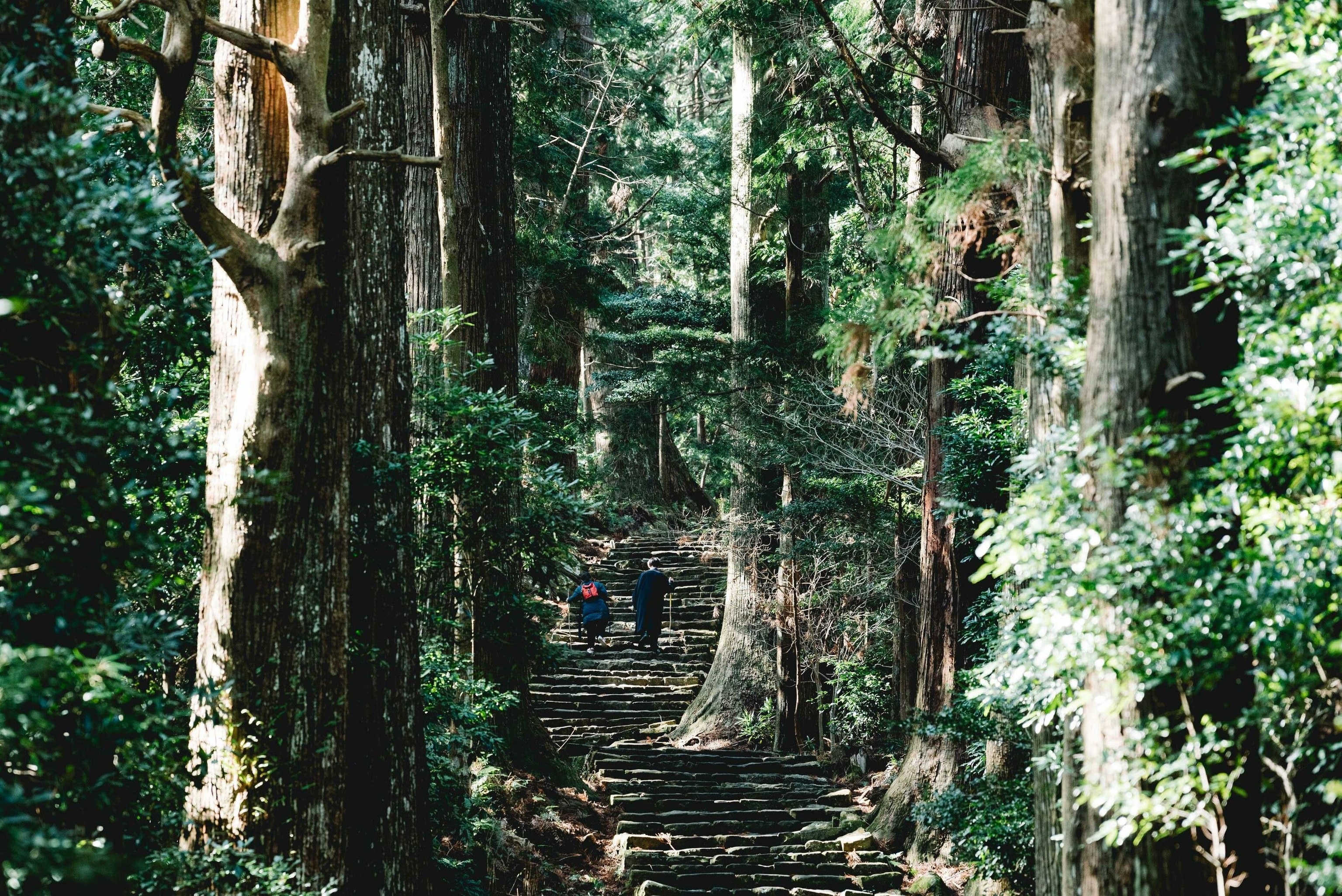
In total, there are seven hiking trails on the Kumano Kodo, but the most popular is the Nakahechi route. With manageable terrain, breathtaking views and effective infrastructure (including plenty of English signage), it’s the most accessible trail and offers a well-rounded overview of all Wakayama has to offer. Beginning in Tanabe city. the Nakahechi cuts through the mountainous core of the Kii Peninsula, linking the three Grand Shrines of Kumano. It would take close to a week to hike this entire epic route, so most travellers opt for smaller, more condensed tastes of the trail. The stretch from Tsugizakura-oji to Kumano Hongu Taisha, the main shrine of the Kumano Sanzan trinity, is a great option for a simple, well-signed one-day hike. Simply take a bus from Kii-Tanabe station to Tsugizakura-oji and follow the signs.
Once done with the Kumano Kodo, head north to the mountaintop town of Koyasan, one of Japan’s most secluded spiritual destinations and the centre of the Shingon sect of Japanese Buddhism. Here, temples have sat serenely among the cedar forests since the year 816, when Japanese monk Kobo Daishi founded the area’s first temple, thus establishing Shingon Buddhism in Japan.
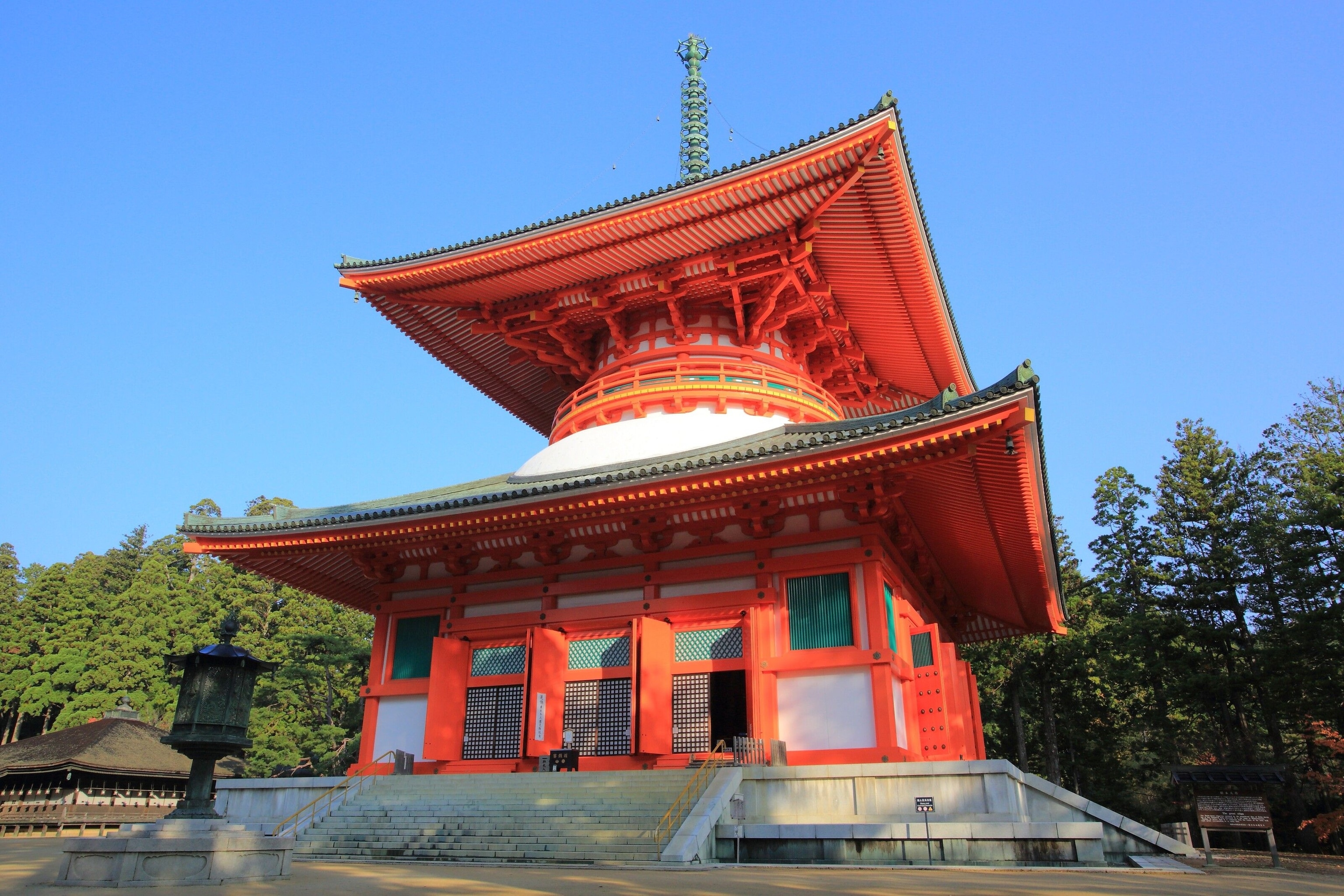
With its striking scarlet pagodas, vast temples and fascinating monuments, Koyasan has plenty to explore. Although you can easily visit on a day trip from a city like Osaka — just over an hour and a half away by car — don’t limit yourself to just one day here. Instead, book a stay at a shukubo, a traditional Buddhist temple lodging for pilgrims.
Of the 117 temples still in operation here (it’s believed there were about 2,000 during Kyosan’s peak in the Edo period), 52 of them open their doors as shukubo. Here, visitors can enjoy comfortable lodgings and delicious shojin ryori (traditional vegetarian Buddhist cuisine), as well as the opportunity to experience and partake in the inner workings of monastic life.
No trip to Koyasan would be complete without a visit to the sacred site of Okunoin. Here, the mausoleum of Kobo Daishi is surrounded by the largest cemetery in Japan, where more than 200,000 tombstones lie among towering cedar trees. Kobo Daishi himself, however, is still believed to be alive and in a state of eternal meditation, awaiting the arrival of the ‘Future Buddha’ who will one day return to earth.
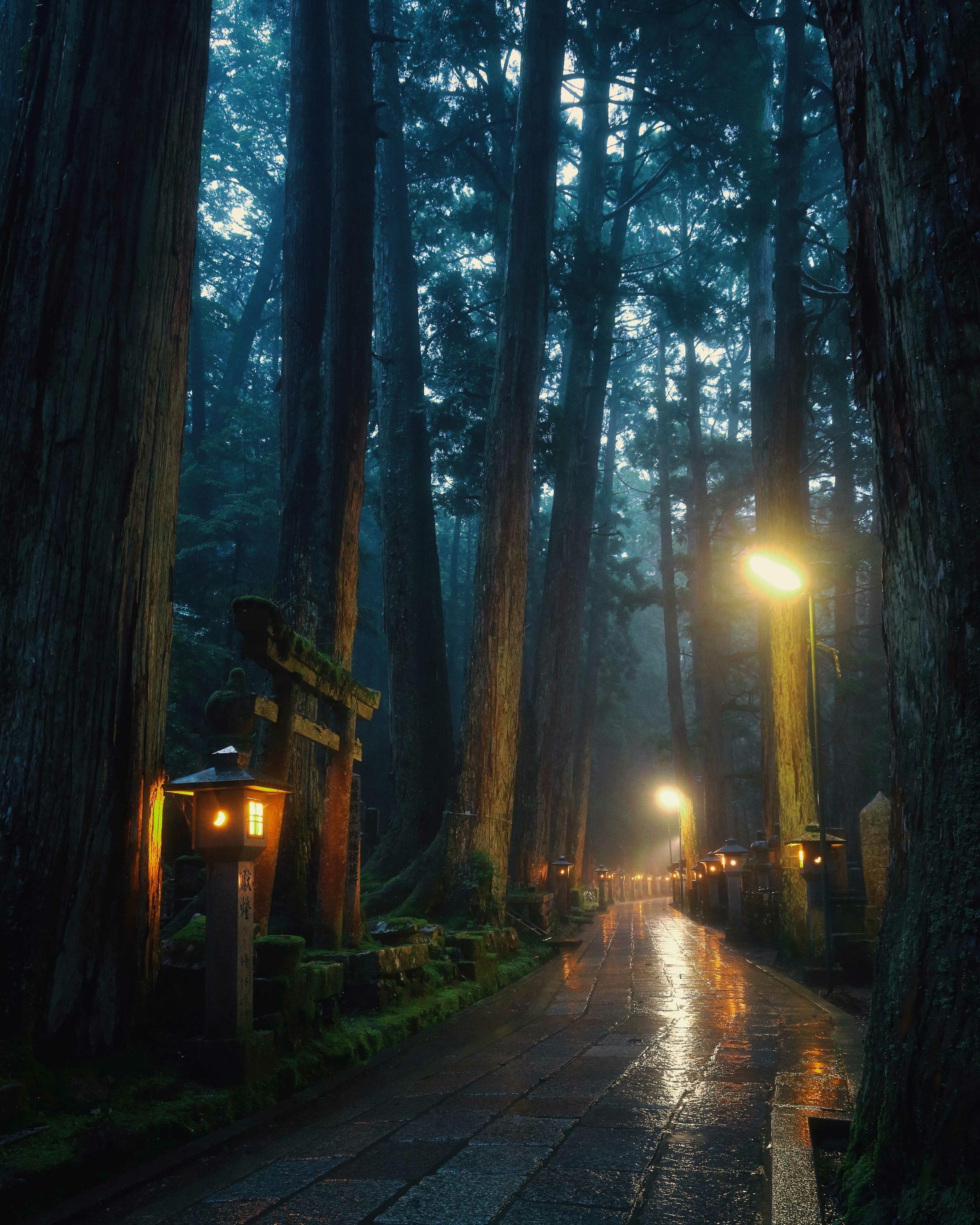

After taking in the magnitude of the cemetery, head up to Torodo Hall, also known as ‘the hall of lanterns’. This is a key place of worship in Okunoin and holds more than 10,000 permanently lit lamps donated by followers of Kobo Daishi. It’s a truly beautiful sight, one that will inspire reverence in even the most stoic of travellers.
One of the best ways to appreciate the eerie calm of Okunoin is by booking a monk-led night tour. Although Torodo Hall won’t be open after sunset, Okunoin’s hauntingly enchanting atmosphere more than makes up for it, with lanterns lighting the way as your guides share stories of the cemetery and its sacred sites.
Plan your trip
Fly to Osaka’s Kansai International Airport, which has frequent, one-stop options from London Heathrow. From here, there are good bus and train services along the coast to Wakayama City, and from there to Koyasan. Hiring a car is also a good option if you want to explore further, as much of the area is mountainous and remote.
For more information, visit visitwakayama.jp
Follow National Geographic Traveller (UK) on social media
Facebook | Instagram | Twitter

